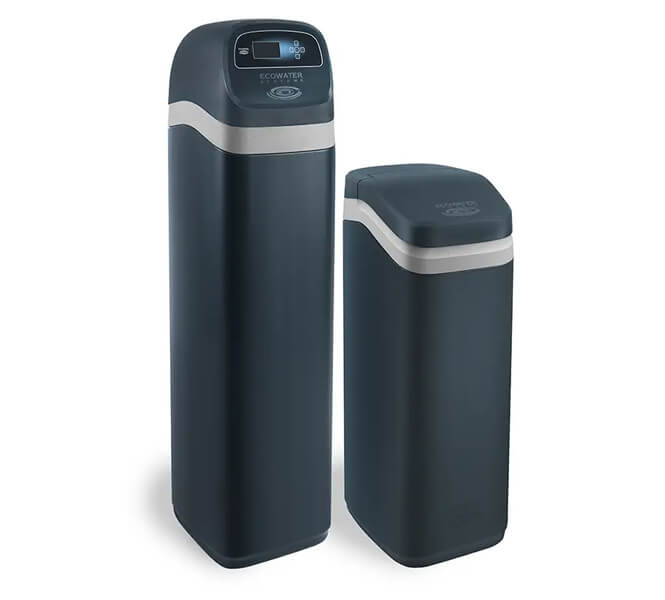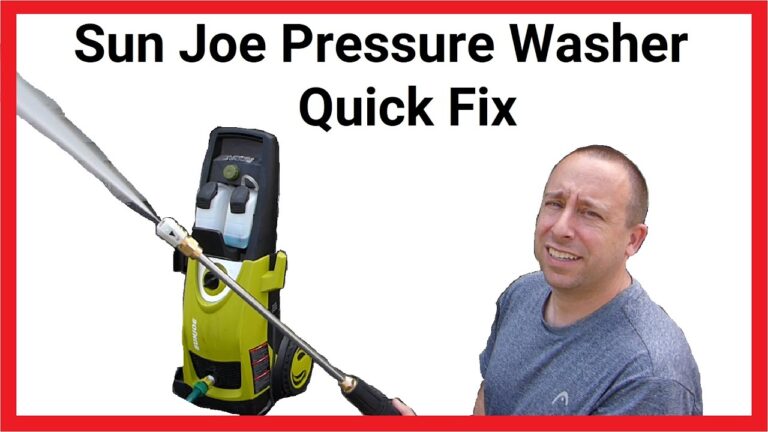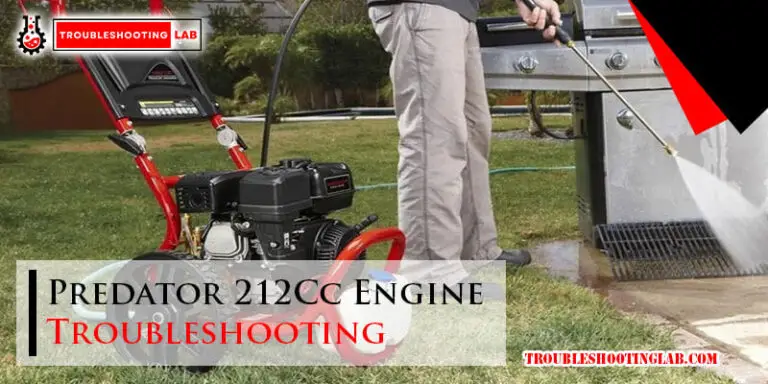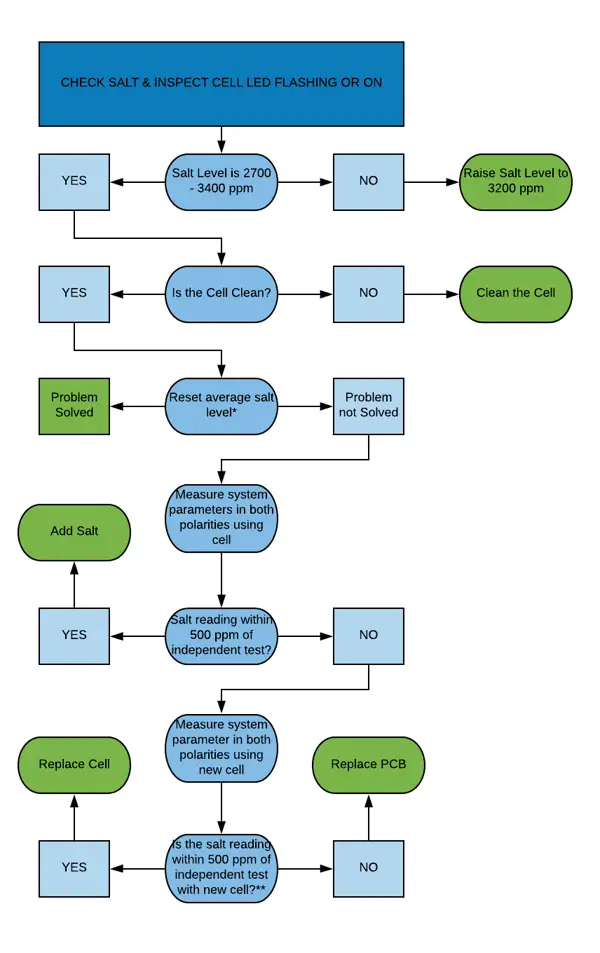Eco Water Softener Troubleshooting: Quick Fixes and Tips
Eco water softeners are great for keeping hard water issues at bay. But what happens when they malfunction?
Troubleshooting these systems can seem tricky, but it doesn’t have to be. Eco water softeners play a crucial role in maintaining the quality of your water. They help prevent scale buildup, which can damage pipes and appliances. Over time, even the best systems can develop issues.
From strange noises to inefficiencies, a variety of problems can arise. Understanding how to troubleshoot your eco water softener is vital. It can save you time, money, and frustration. In this guide, we will explore common issues and their solutions, ensuring your water softener runs smoothly again. So, let’s dive into the world of eco water softener troubleshooting and get your system back on track.
Common Issues
Eco water softeners are great for ensuring soft water in your home. But like any appliance, they can face problems. Knowing common issues helps you troubleshoot quickly and effectively.
Low Water Pressure
Low water pressure is a frequent issue with water softeners. It can disrupt daily activities like showering and washing dishes. Often, the cause is a clogged filter or resin bed. To fix it, check the filter first. Clean or replace it if needed. If the problem persists, inspect the resin bed. A dirty resin bed can also reduce water pressure.
Salt Bridges
Salt bridges form when salt binds together, creating a hard crust. This crust prevents the salt from dissolving in the water. As a result, the softener can’t regenerate properly. To break the salt bridge, use a broom handle or similar tool. Gently poke the salt to break up the crust. Be careful not to damage the tank. Regularly checking and stirring the salt can prevent this issue.
Credit: greatwaterusa.com
Identifying Problems
Identifying problems with your Eco water softener can save you time and money. Knowing the signs of trouble helps you address issues early. This keeps your water softener running smoothly. In this section, we will discuss common problems you might face.
Unusual Noises
Is your water softener making strange sounds? This could indicate a problem. Listen for grinding or humming noises. These sounds often come from the motor or valves. They might need cleaning or replacement. Regular maintenance can prevent many noise issues.
Water Taste Changes
Has the taste of your water changed suddenly? This is another red flag. Hard water minerals might not be removed properly. Check the salt levels in the brine tank. Refill it if needed. Also, ensure the resin beads are in good condition. If they are worn out, replace them. These steps can restore the water taste.
Basic Troubleshooting
Basic troubleshooting for your Eco Water Softener can help solve common issues. This guide will help you check the power supply and inspect the valves.
Checking Power Supply
First, ensure the water softener is plugged in. Check if the outlet works by plugging in another device. If the outlet is fine, inspect the power cord for any damage. Replace the cord if it looks worn or frayed. Sometimes, the issue might be a tripped circuit breaker. Reset the breaker if needed.
Inspecting Valves
Next, check the valves on your water softener. Start with the bypass valve. Ensure it is in the correct position. Then, look at the inlet and outlet valves. They should be fully open. If you find any leaks, tighten the valves or replace them. Also, inspect the brine tank valve. Make sure it is not clogged or blocked.

Credit: www.ecowater.com
Salt Level Management
Maintaining the right salt level in your Eco water softener is crucial. Proper salt management ensures the system works efficiently. It also prevents common issues like hard water and salt buildup. Let’s explore key aspects of salt level management.
Refilling Salt
Check the salt level in your water softener regularly. Refill the salt when it drops below the halfway mark. Use high-quality salt to avoid impurities. Clean the brine tank before adding new salt. This helps the system run smoothly.
Removing Salt Buildup
Salt buildup can clog your water softener. It reduces efficiency and causes problems. Inspect the brine tank for any crusty deposits. Remove the salt buildup carefully. Use hot water to dissolve any stubborn salt chunks. Keep the tank clean to ensure optimal performance.
Resin Bead Maintenance
Resin beads in an Eco water softener play a crucial role. They remove hardness from water. Proper maintenance of these beads ensures the system runs efficiently. Neglecting them can lead to performance issues. Regular care includes cleaning and replacing resin beads when needed.
Cleaning Resin Beads
Resin beads can collect iron, dirt, and other impurities. To clean them, use a resin cleaner. This product removes impurities and restores efficiency. Add the cleaner to the brine tank. Follow the instructions on the cleaner’s label. Run a regeneration cycle. This process will flush out the contaminants. Cleaning should be done every six months. It keeps the resin beads in good condition.
Replacing Resin Beads
Over time, resin beads can break down. They lose their effectiveness. You may notice hard water issues. Replacing the beads can solve this. First, purchase the correct type of resin beads. Turn off the water supply. Drain the water from the tank. Remove the old resin beads. Clean the tank thoroughly. Add the new resin beads. Reconnect the system and turn the water back on. Run a regeneration cycle to settle the new beads. Regular replacement ensures your water softener works well.
Control Panel Issues
The control panel is the brain of your Eco Water Softener. Issues here can disrupt the system’s functionality. Understanding common problems and their solutions can save you time and stress. Below, we will explore two key areas: resetting the system and programming settings.
Resetting System
Sometimes, your Eco Water Softener may need a reset. This can resolve many control panel issues. To reset, locate the reset button on the control panel. Hold it down for a few seconds. Release the button and wait for the system to reboot. If the issue persists, consult the user manual for further steps.
Programming Settings
Incorrect programming settings can cause malfunctions. First, access the control panel menu. Navigate to the settings section. Check that all settings match the recommended levels in your user manual. Adjust them if needed. This includes the hardness level and regeneration time. Proper settings ensure optimal performance and longevity of your water softener.
Water Softener Bypass
A water softener bypass is a crucial feature of your water softener system. It allows you to reroute the water flow away from the softener. This feature is useful during maintenance, repairs, or emergencies. Knowing how to activate and deactivate the bypass mode can save you time and prevent potential issues.
Activating Bypass Mode
To activate the bypass mode, locate the bypass valve on your water softener. The valve is typically near the inlet and outlet pipes. Follow these steps:
- Turn the valve handle to the “Bypass” position. This reroutes the water.
- Check that the water flow now bypasses the softener unit.
- Confirm the bypass is working by testing the water. It should feel hard.
Activating bypass mode isolates the softener for maintenance. It’s essential to ensure that the valve is fully turned to avoid leaks or partial bypass.
Deactivating Bypass Mode
To deactivate the bypass mode, follow these simple steps:
- Turn the valve handle back to the “Service” position.
- Ensure the water flow returns through the softener unit.
- Test the water again to confirm it’s soft.
Deactivating bypass mode reconnects the water softener to your water supply. Always double-check the valve position to avoid any issues.
Having a water softener bypass can simplify troubleshooting. It allows you to manage your system efficiently. Keep this guide handy for easy reference.
Professional Help
When dealing with eco water softener issues, sometimes professional help is needed. Understanding when to call a technician and how to choose a service provider is crucial. This ensures your water softener functions optimally.
When To Call A Technician
Water softeners are complex. If your unit stops working, it’s time to call a technician. Strange noises, leaks, or error codes also signal the need for professional help. Regular maintenance checks by a technician can prevent bigger issues.
Choosing A Service Provider
Choosing the right service provider is essential. Look for certified technicians. Experience in eco water softeners is a must. Read reviews and ask for recommendations. A good service provider offers warranties and reliable customer service. They explain issues clearly. They provide cost estimates before starting work. Ensure they use genuine parts for repairs.
Credit: ecowater.zendesk.com
Frequently Asked Questions
How Do I Know If My Eco Water Softener Is Working?
Check for soft water. No soap scum in sinks or bathtubs. Soft water feels smooth.
Why Is My Eco Water Softener Not Regenerating?
Check timer settings. Ensure correct time and day. Inspect for power interruptions or errors.
How Often Should I Add Salt To My Eco Water Softener?
Check salt levels monthly. Keep salt level above water level. Refill as needed.
What Causes Low Water Pressure In My Eco Water Softener?
Clogged filter or resin bed. Check for blockages. Clean or replace parts if necessary.
How Do I Reset My Eco Water Softener?
Press the reset button. Follow the manual instructions. Reset to default settings if needed.
Conclusion
Fixing an Eco Water Softener can be simple with the right steps. Regular maintenance prevents most issues. Identify the problem early to avoid costly repairs. Clean filters and check salt levels often. Consult the manual for specific troubleshooting tips. If problems persist, consider professional help.
A well-maintained water softener ensures clean, soft water. Keep your system in top shape for best results. Enjoy the benefits of hassle-free water softening. Happy troubleshooting!






